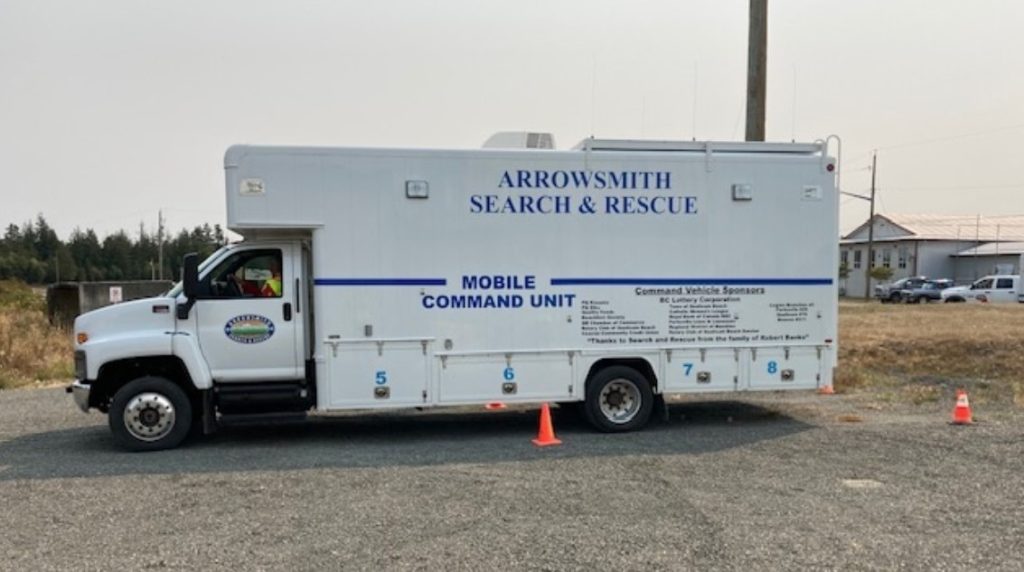Single rooms, more staff, COVID testing, paid sick days needed in B.C. LTC: report
Posted October 6, 2021 11:41 am.
Last Updated October 6, 2021 6:18 pm.
VANCOUVER (NEWS 1130) – Expanding paid sick leave, recruiting additional staff, increasing testing, and single rooms are just some of the recommendations being made by B.C.’s seniors advocate after a review of the impacts of the COVID-19 pandemic on long-term care homes.
Isobel Mackenzie’s latest review of 487 sites, conducted between March 2020 and March 2021, offers a better glimpse into the devastation caused by the coronavirus.
It shows that more than 700 people died in the first two waves of the pandemic in long-term and extended care facilities.
The review notes 72 per cent of outbreaks were contained to four or fewer cases, while three quarters of the outbreaks did not result in any deaths. Overall, between the beginning of March 2020 and Feb. 28, 2021, the fatality rate in such settings was 30 per cent.
Sr rep report on #covid19 in LTC says there is a direct correlation between sick leave and outbreaks. The lesser the sick days the greater the outbreaks.#bcpoli @NEWS1130 @CityNewsVAN pic.twitter.com/KC4RgIAVWa
— LizaYuzda (@LizaYuzda) October 6, 2021
“Overall, the majority of outbreaks in B.C. were contained, and they didn’t result in any deaths,” Mackenzie said Wednesday. “Notwithstanding that, we tragically did experience outbreaks and tragically did experience deaths and there are some learnings that we can take from that experience.”
A B.C. long-term care resident was the first person in Canada to die from COVID-19.
The pandemic had a devastating impact on long-term care residents and staff alike, and the review shows the virus was mostly introduced into these settings by infected workers.
More than 75 per cent of outbreaks were in a facility where a staff member was identified as the first case. Twenty-two per cent of outbreaks were in a setting where a resident was identified as the first case, while only one per cent of cases were identified as coming from a visitor.
BC Sr's Rep looked at #covid19 introduction
76% staff, 22% residents, 1 visitor, 2% unknown
Out breaks 4x more likely if resident first, 5x more likely if first case nightshift (they work multiple locations), 1.5x if first case was RN/LPN.#bcpoli @NEWS1130 @CityNewsVAN pic.twitter.com/EcG1cWkJHU— LizaYuzda (@LizaYuzda) October 6, 2021
Mackenzie says a site was four times more likely to have a larger outbreak if the first case was a resident, five times more likely if the first case was a nightshift worker, and 1.5 times more likely if the first case was an RN or licenced practical nurse.
“If the resident was the first detected case of COVID-19 in a facility, it is highly likely that the virus was in the facility, transmitting before the first case was detected,” Mackenzie explained. “Residents, for the most part, contracted the virus from staff, and staff contracted the virus either from other staff or from the residents.”
She adds this demonstrates “to a large extent, asymptomatic staff, (are) unaware that they are infected and transmitting the virus.”
Recommendations
Paid sick leave
Mackenzie says more needs to be done to ensure residents receive adequate care while not compromising the health and safety of staff, too.
That’s why paid sick leave has been identified as one of the main recommendations from this report.
“Forty per cent of staff reported that they came to work on one occasion or more during the pandemic when they weren’t feeling well,” Mackenzie said. “Their main reason for coming, was their concern of the burden their absence would have on their colleagues and residents, although the lack of being paid was also a concern for some, the necessary rigor for effective PPE practices was absolutely an underappreciated burden.”
Recommendations – need paid sick leave.
Need to increase registered nurses (there's wait list for studies), need to increase RNs at private sites, need to increase rapid test use inconjunction with PCR, need to eliminate shared rooms (now 10%)#bcpoli @NEWS1130 @CityNewsVAN pic.twitter.com/4BM0utQXoX— LizaYuzda (@LizaYuzda) October 6, 2021
“I think the evidence is pretty compelling,” she added.
Staffing
But if more people are taking time off to get better, there need to be others who are available to pick up the workload.
“We also need to look at increasing registered nursing in particular the number of training,” Mackenzie said. “The good news is we do have people who want to be nurses. The bad news is we don’t have a seat for them at one of our training universities, at the moment.”
In addition to increasing levels of registered nursing staff as a proportion of direct care staff, recommendations also include decreasing the contracting for direct care services.
Testing
Mackenzie would like to see increased COVID-19 testing — in scope, timeliness, and frequency — at long-term and assisted living facilities. She says rapid tests should be conducted alongside PCR tests, noting both have their uses.
“The rapid test is very effective at detecting infectious people,” she said. “As we know, the PCR has to go to the laboratory for testing assessment and the rapid tests can give you results quickly, so using both of them, particularly in outbreaks, we could be rapid testing staff and residents daily.”
Meanwhile, Mackenzie believes people should no longer be living in shared rooms.
“Ten per cent of our sites have shared rooms, so it’s not a lot, but it is significant,” she explained. “And not just from an infectious disease control perspective, I think we can all agree on the need for the dignity, for people to have their own room, the privacy of their own room.”
A seventh recommendation — requiring all long-term care staff to be vaccinated and providing boosters to residents — has already been fulfilled.








